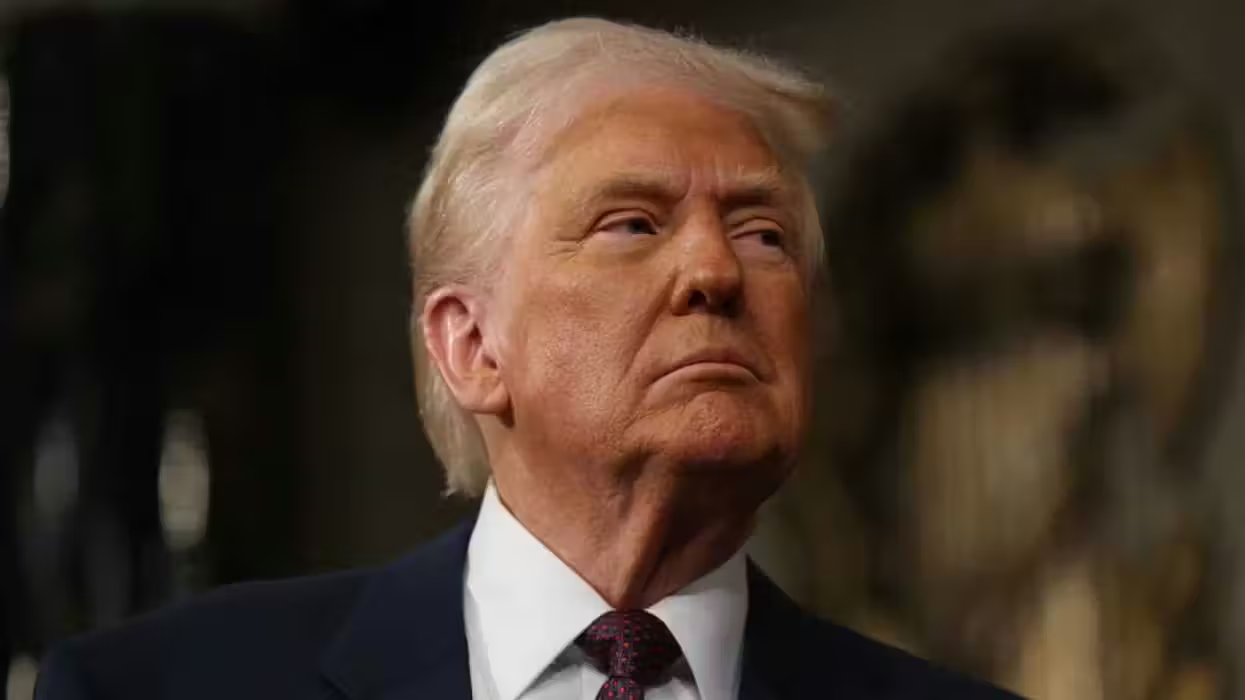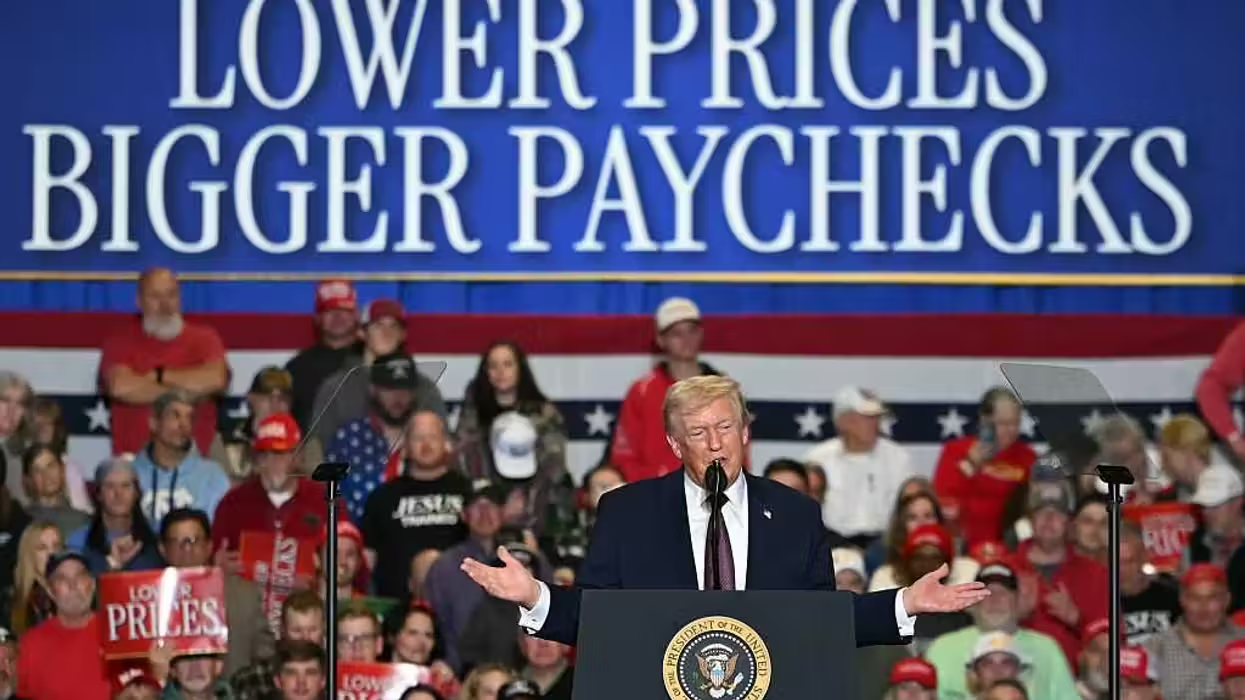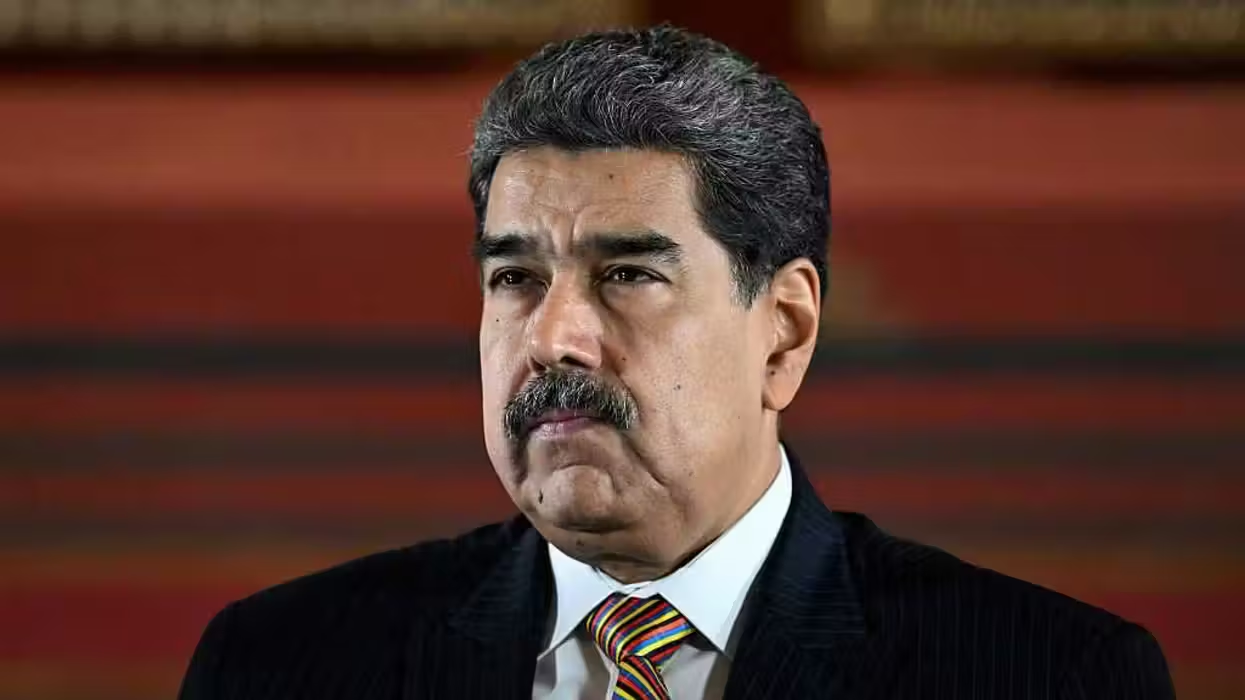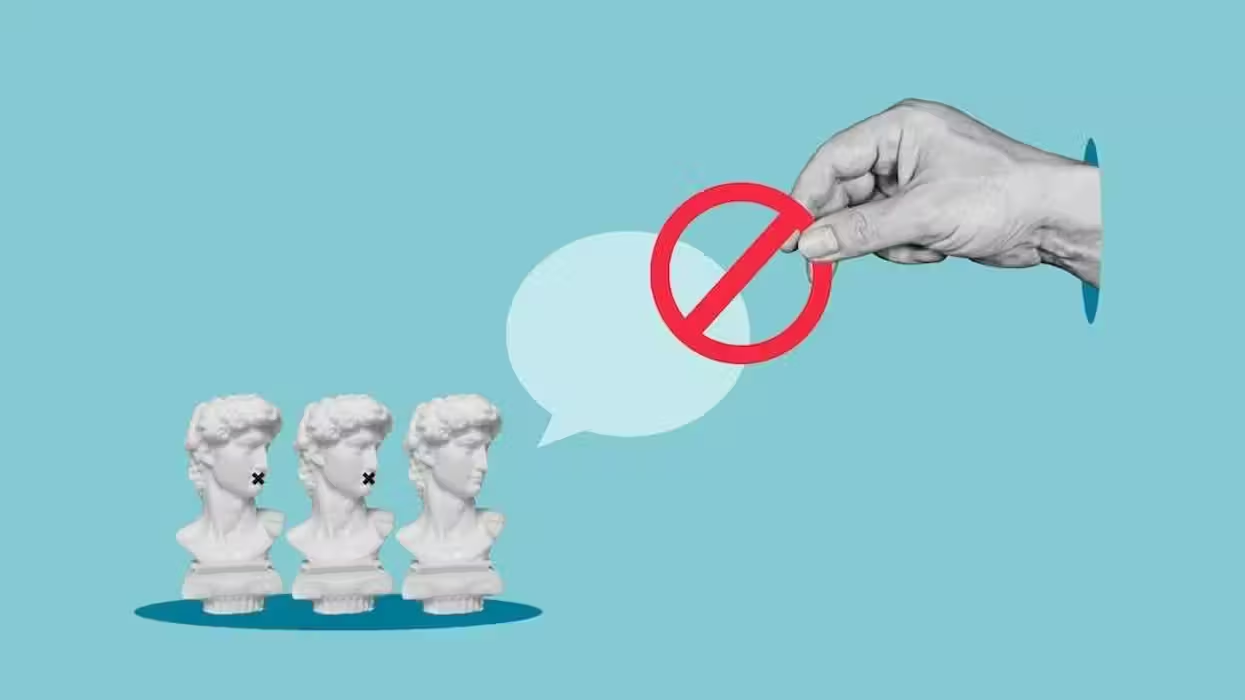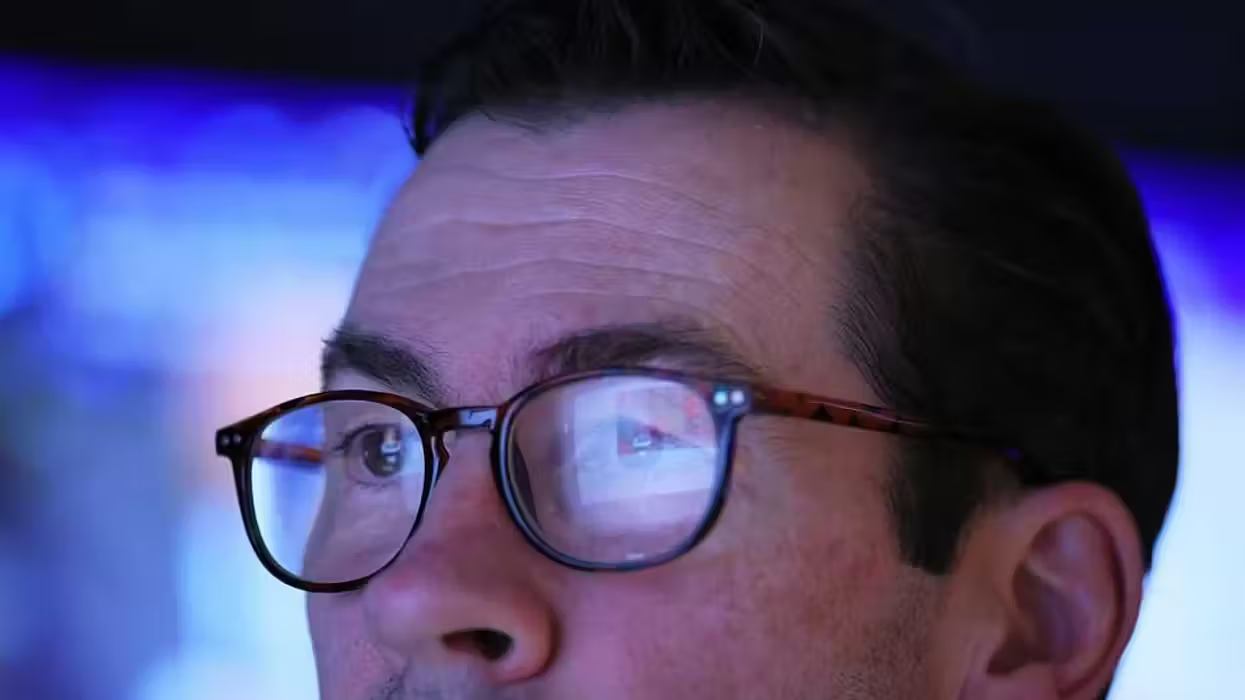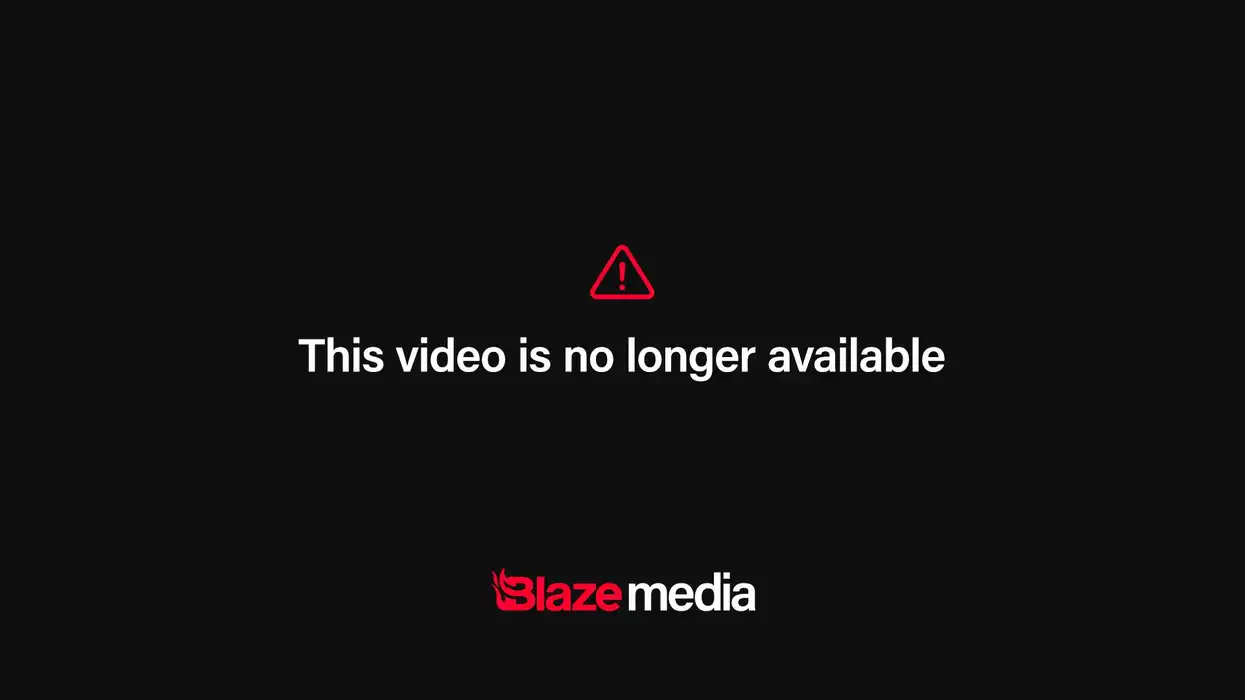
© 2026 Blaze Media LLC. All rights reserved.
Turn on the news and you're bound to hear about the looming treat of a government shutdown. Republicans and Democrats are both warning of the impending disasters that lie ahead if they don't reach a deal by the end of this week.
So is the threat real, or is it much ado about nothing?
In a shutdown, it all comes down to essential vs. non-essential. This means that all "non-essential" federal government employees will be furloughed, i.e. forced to take an unpaid leave of absence. (However, a resolution to retroactively pay the furloughed employees is usually passed after Congress reaches a deal, so the unpaid leave of absence will likely end up being a paid vacation for almost 1 million government workers.)
What is considered essential?
Essentials:
- The military and all federal law enforcement agencies
- The postal service
- Social Security
- Medicare
- Food stamps
- Congress
And what doesn't make the cut?
Non-essentials:
- National parks
- National museums
- National monuments
- National Institute of Health's "experimental treatments"
- Passport applications
Watch the video above to hear Sara Gonzales break down what actually happens during a government shutdown or read about it here.
To see more from Sara, visit the “Contributors” channel on TheBlaze.
Want to leave a tip?
We answer to you. Help keep our content free of advertisers and big tech censorship by leaving a tip today.
Want to join the conversation?
Already a subscriber?
News, opinion, and entertainment for people who love the American way of life.
BlazeTV
BlazeTV Staff
News, opinion, and entertainment for people who love the American way of life.
@BlazeTV →more stories
Sign up for the Blaze newsletter
By signing up, you agree to our Privacy Policy and Terms of Use, and agree to receive content that may sometimes include advertisements. You may opt out at any time.
Related Content
© 2026 Blaze Media LLC. All rights reserved.
Get the stories that matter most delivered directly to your inbox.
By signing up, you agree to our Privacy Policy and Terms of Use, and agree to receive content that may sometimes include advertisements. You may opt out at any time.

